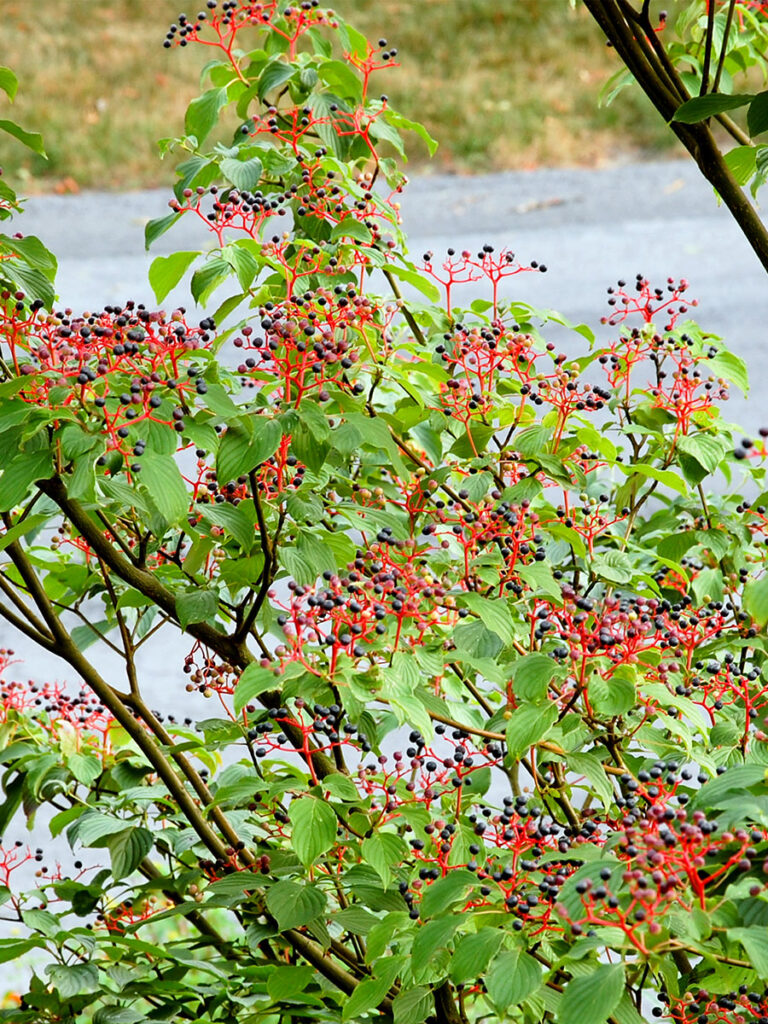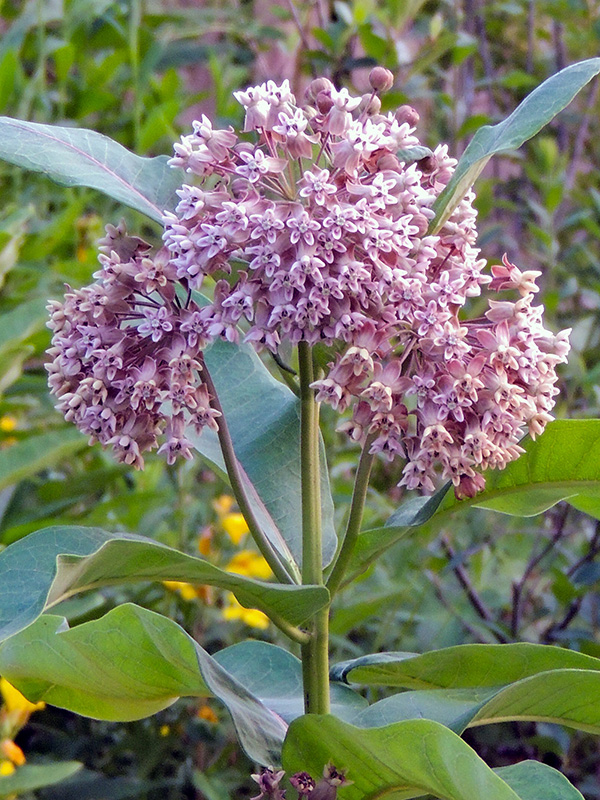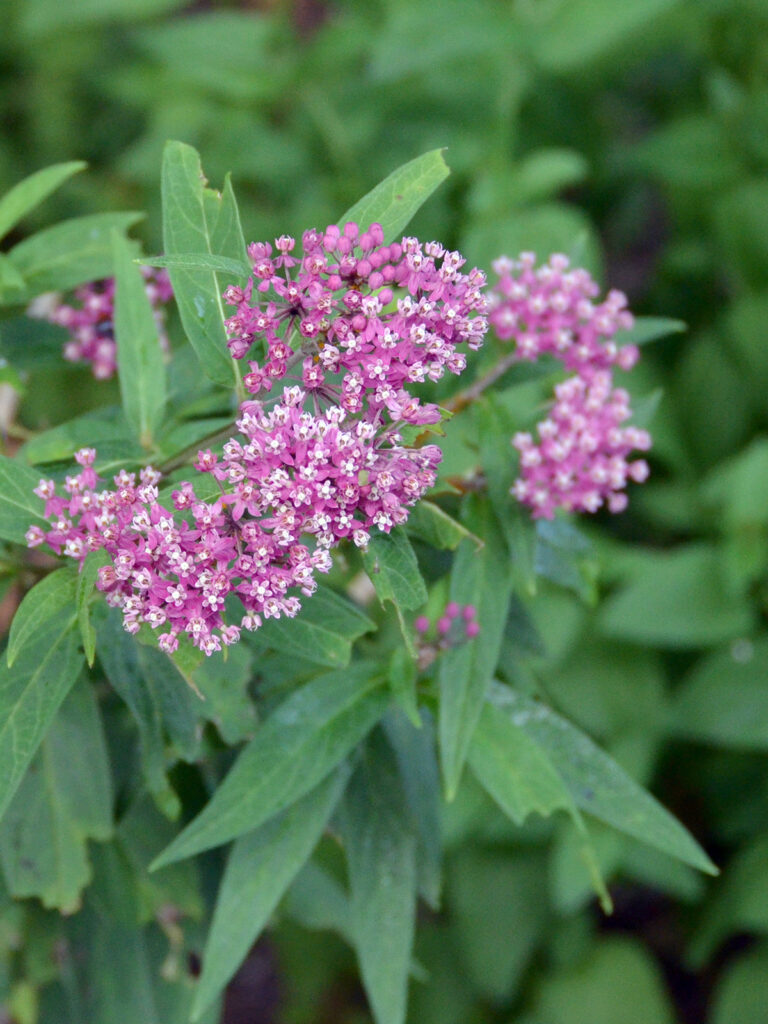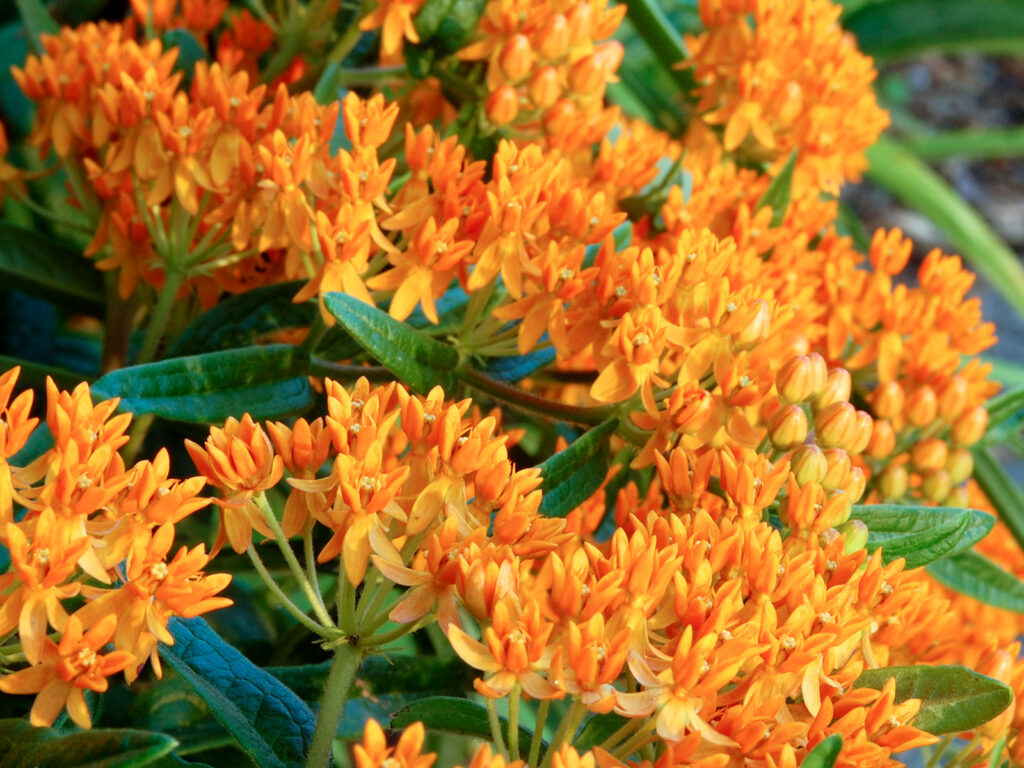When we first became interested in plants, we conveniently ignored those hard-to-pronounce names in the parentheses appearing after what we had then thought of as the “real” plant name.
Gradually, though, after a number of plant mistakes, we began to greatly appreciate knowing the scientific, botanical names of plants.
Why they’re useful

We were more certain that we were getting the plants we intended to get when we used the botanical/scientific names because:
- Sometimes more than one plant has the same common name.
- Sometimes a plant has more than one common name (as with this pictured tree), known as “alternate-leaf dogwood” or “pagoda dogwood.”
We also became more knowledgeable about the plants because:
- The botanical name itself often gives information about the plant, such as the pagoda dogwood’s name “Cornus alternifolia” indicating that the leaves alternate, unlike other dogwoods.
- The best references use the botanical/scientific names.
How to understand them
These (mostly) Latin names at first were intimidating, but once we got the hang of it, they weren’t that hard.
Of course, complete botanical names have many parts including: Kingdom, Phylum/Division, Class, Order, Family, Genus, Species. (A handy mnemonic for this is “Keeping Precious Creatures Organized For Grumpy Scientists.” Fortunately, for gardening purposes, just knowing the genus and the species is enough.
When we get some time, we’re planning to study Botany in a Day so we can learn the plant families, one level higher than the genus. We’ve read enough of the book to understand that knowing the plant families would be useful, but we haven’t taken the time to really learn them. (And it would take us more than the “Day” advertised in the title!)
I found William Cullina’s explanations in his book Wildflowers to be most helpful. For example, he compares plant genus and species to the more familiar name for humans: Homo sapiens, which is distinct from other species such as Homo erectus (now extinct). “Homo” is the genus and “sapiens” is our particular species.



Plants within a genus share many of the same characteristics. For example, all milkweeds are in the genus Asclepias. But there are so many milkweeds! Which milkweed am I talking about? For that, I look at the species name. For example, common milkweed is Asclepias syriaca, but swamp milkweed is Asclepias incarnata, and butterfly weed is Asclepias tuberosa. They’re all milkweeds — i.e. all Asclepias — but each is a particular species of Asclepias.
Another convenient convention is that the genus is spelled out the first time we refer to it, but after that, it can be abbreviated to the first letter. So for the previous paragraph, I’d usually write: “For example, common milkweed is Asclepias syriaca, but swamp milkweed is A. incarnata, and butterfly weed is A. tuberosa.”
Uh-oh!
As scientists learn more about the DNA etc. of particular plants, they’re reorganizing their classifications. For example, I learned the scientific name of pagoda dogwood (mentioned above) as “Cornus alternifolia” but now, scientists are splitting the dogwood group into four parts and now it’s known as “Swida alternifolia” to group it with other blue-fruited dogwoods! This has happened to lots of other plants, too, especially asters.
In addition to changes based on science, some other changes are being considered based on cultural reasons — for example, plants named for their European “discoverers” or slaveholders etc.
This is a difficulty only for us current gardeners. Future generations will know these plants by the new name.
Pronunciation
This can be the most intimidating part. I lost some of my fear when I was about to buy a reference book solely because it offered pronunciations. I noticed another book on the shelf and looked at that one. It had pronunciations, too … but they weren’t all the same!
Here’s an example. The genus “Liatris” in one book is pronounced “lee-A-tris,” in another “lee-AH-tris,” in a third “lie-A-tris,” and one — “LYE-AT-ris” — that even puts the accent on the first syllable!
The problem is that no one is speaking Latin or Greek anymore, so aside from some pronunciation conventions, there is no real right or wrong.
I’ve decided to generally follow William Cullina’s pronunciations, though he gives pronunciations only for the genus. For pronunciation of the species, I often use Wasowski’s book on Prairie Plants. My advice is to just pick a reputable source and throw your lot in with them or just be comfortable saying them the way you want (though that may make it difficult to communicate with other plant people).
And the bottom line is that we get the benefit of knowing the botanic names even if we never say them aloud (or say them differently from some “expert” who may themselves pronounce differently than other “experts”).
Resources
- Books:
- Botany in a Day: The Patterns Method of Plant Identification by Thomas Elpel is a good way to learn not just the names of plants, but how to identify them by family, the most efficient and effective way of identifying plants.I think the “in a day” part might be optimistic, but if you spent a few hours a day for a week or two, you’d be well-rewarded for the time spent.
- Growing and Propagating Wildflowers of the U. S. and Canada by Bill Cullina has a concise, easy-to-understand discussion of Latin names on pp. 4-7.
- Capewest:
- Capewest: Pronunciation of Biological Latin – general principles
- Fine Gardening:
- Pronunciation Guide – actually pronounces them in a human voice!
- The Master Gardeners:
- Latin for Gardeners – a Brief Pronunciation Guide – Some general principles
- New York Times:
- Penn State Extension:
Reflections
For the gardener has a great faith in names; a flower without a name, to put it platonically, is a flower without a metaphysical idea; in short, it has not a right and absolute reality. A flower without a name is a weed, a flower with a Latin name is somehow raised to a state of dignity. If a nettle grows on your bed, label it “Urtica dioica,” and you will respect it; you will even loosen the soil for it …
~ Carel Capek, A Gardener’s Year, p. 39
